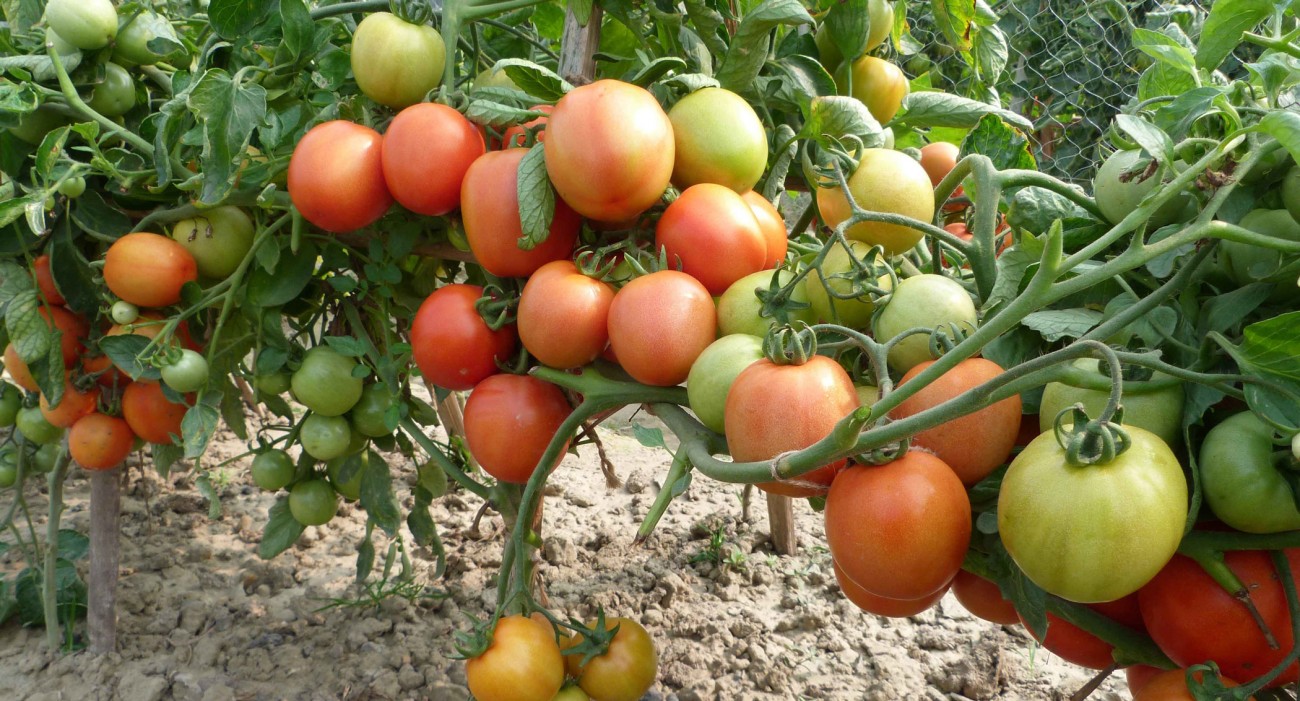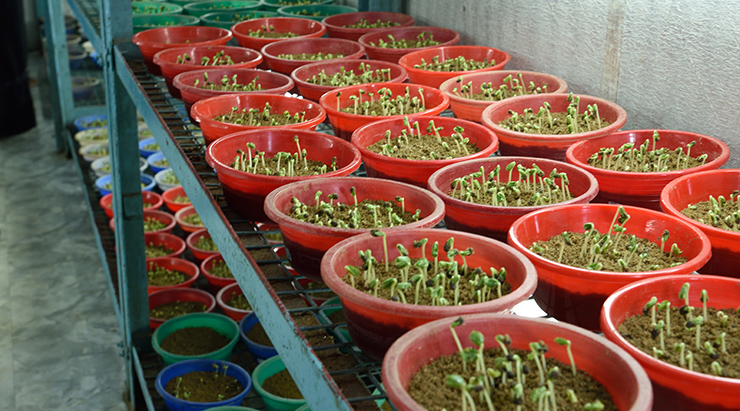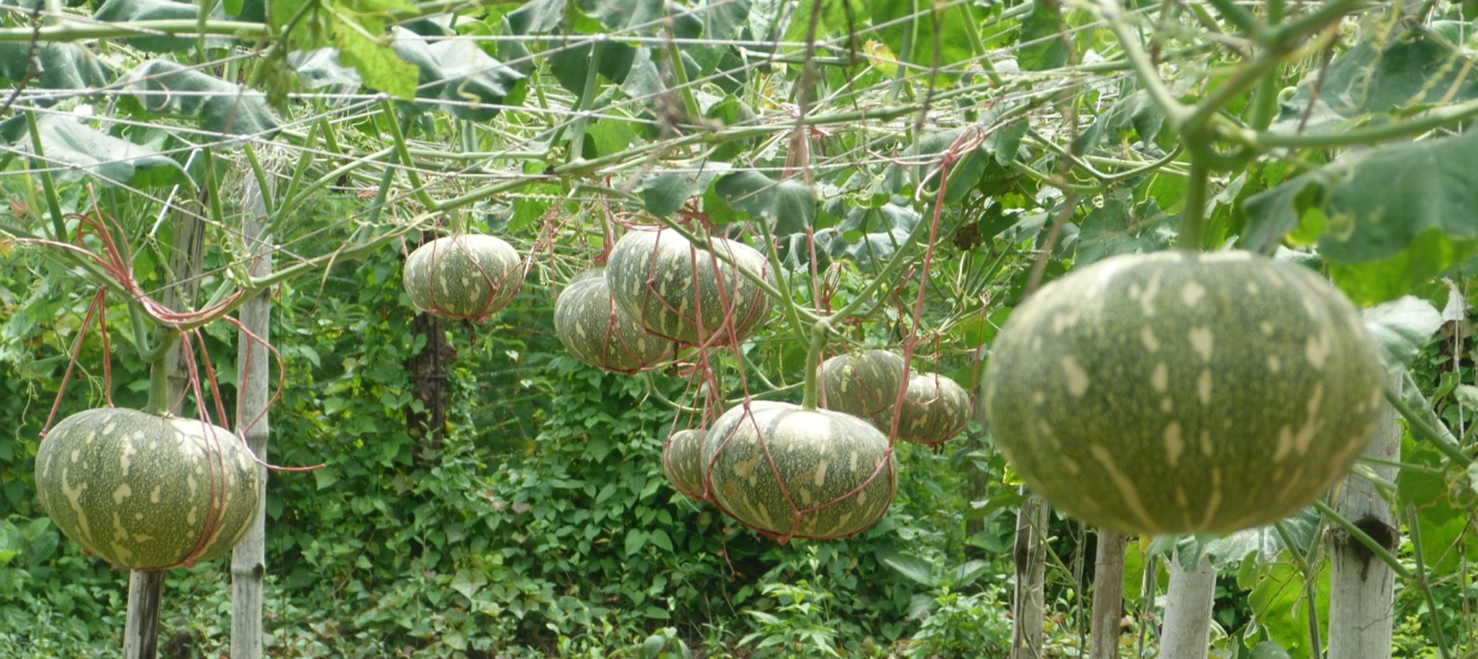Among the cucurbitaceous crop, pumpkin is the most important and popular in Bangladesh. It is one of the most common fruit vegetables in Bangladesh. It is grown around the year in the country and has the longest storability among the cucurbits. The well-matured fruits can be stored for 2 to 4 months. Due to its good storability, nutritive value, long period of availability, better transport potential, and reasonable market price, it has a great demand in Bangladesh. It is the second position among the gourd vegetables on the basis of the production and cultivation area (BBS 2018), which is a common vegetable in our daily life. Both green and ripe pumpkins are used as vegetables. Pumpkin contains carotene which is very essential for eyesight development. Its immature fleshy green leaves, tender shoots, male and female flowers are also used as vegetables and contain appreciable amounts of vitamins and minerals. It is also known as poor people’s nutrition. Its cultivation mainly starts in the winter season. At the time of cultivation, high temperature and long day length may hamper yield which causes economical loss for farmers. Sometimes farmers cannot get the desired yield due to the infestation of the fruit fly, aphid and red pumpkin beetle. Besides these Powdery and Downey Mildew may hamper its production. Approximately 25-30 ton seed is needed for pumpkin production in Bangladesh. Only 30% of seed comes from government and seed companies. The rest of the 70% seed comes from a farmer’s own produced seed. Among the cucurbit, the cultivated area of pumpkin is 70000 acre land in Bangladesh where produced 303ton. An average yield of local varieties is 4.6 ton per acre (BBS 2018). However, the daily per capita requirement is 220g (AVRDC, 2011). There is a big gap between the demand and supply of vegetables in Bangladesh. Thus, improvement of crop yield and production of this vegetable crop is most desirable and important to mitigate the future demand.
Pumpkin is grown all over the country and in most areas, local landraces are cultivated. The yield of these landraces is very low as well as late maturity and less sweetness. During 2017-2018, the average yield is 4.3 ton/ac (BBS, 2018) which is much lower than our neighboring country India.
Lal Teer Seed Limited has developed a hybrid variety of pumpkin named Jonaki F1 is year-round and day length insensitive with the potential to boost production and to meet local consumption. This is the result of 7-8 years long research released in 2018. This hybrid has about 2-3 times higher yield, early maturity and high Brix than those of local varieties, which produces 4.3 ton of pumpkin per acre. Each matured fruit of Jonaki F1 variety will weight 3-4 kg and ripened fruit could be stored for 2 to 4 months.
Research activities:
Lal Teer Seed Ltd. has collected a lot of germplasm of Pumpkin on the basis of different shape, size, color and qualitative and quantitative characters from different parts of Bangladesh and abroad to develop a variety. This germplasm is evaluated for making inbreed lines using breeding technologies through selection, backcross, selfing methods, etc. This success comes from 7-8 years of continuous research activities. For developing Jonaki hybrid variety, two distinct inbred lines are used for hybridization. This variety released after two years of regional yield trial in a different location on the basis of the agro-ecological zone in Bangladesh.
The salient features of the Lal Teer Hybrid Jonaki F1 is as follows:
Hybrid Pumpkin Jonaki F1 |
Ø Day-neutral year-round hybrid Ø Harvest: 65-70 Day after transplanting Ø Flat-round shape Ø Skin spotted type Ø Orange-yellow flesh Ø Brix 10% Ø Single fruit weight 3-4 kg Ø Tolerant to high temperature Ø Yield: 16-18 ton/acre |
Outcomes/
Impacts:
Despite its health and dietary benefits, the
production of pumpkin in Bangladesh is mostly done on a small scale and an average yield of the crop is low due to a lack of improved high yielding variety.
However, the cultivation of this multi-purpose and nutrient-rich vegetable crop is
most desirable for the purpose of overcoming the problems of undernourishment
and food poverty. In this case, newly developed hybrid variety Jonaki F1 of Lal Teer
can mitigate that demand by replacing of local varieties and also helps to
improve our rural farmer’s livelihood.






